From Low Visibility to 97% Buy Box Win Rate: How CedCommerce Scaled Vanity Slabs on Walmart
Reading Time: 3 minutesAbout the Brand Name: Vanity Slabs Inc Industry: Trading Slabs- Vanity Slabs…
As an Amazon seller, choosing the right order fulfillment strategy can make or break your business. With the rise of e-commerce and consumers’ changing shopping habits, it is essential to stay ahead of the competition and provide the best possible customer experience. This blog post will go through some of the best order fulfillment strategies in 2023, their pros and cons, and our take on each.
FBA is a popular order fulfillment strategy where Amazon takes care of the entire fulfillment process, from storage to shipping to customer service. Sellers ship their products to Amazon’s fulfillment centers, and when an order is placed, Amazon picks, packs, and ships the product directly to the customer. Here are the pros and cons of using FBA:
If you have a large product catalog, FBA can be a good option since it reduces the amount of time and money spent on fulfillment. However, if your products are large or heavy, the fees may outweigh the benefits of FBA.
FBM is an order fulfillment strategy where the seller handles the entire fulfillment process, from storage to shipping to customer service. When an order is placed, the seller picks, packs, and ships the product directly to the customer. Here are the pros and cons of using FBM:
FBM can be a good option for smaller sellers who want more control over the fulfillment process and are willing to put in the extra work. However, it is important to have a solid shipping strategy in place to ensure timely deliveries and happy customers.
Amazon MCF is a service provided by Amazon where sellers can fulfill orders from their own eCommerce store or other sales channels using Amazon’s fulfillment network. Here are the pros and cons of using MCF:
Amazon MCF can be a good option for sellers who want to continue with the trusted services of Amazon with reduced dependence on them. Explore the CedCommerce MCF Connector for Shopify, eBay, and TikTok, which can streamline your order management and enhance efficiency.
Here are some key features to consider:
Dropshipping is a popular order fulfillment strategy that allows you to sell products without holding inventory. When a customer places an order, the order is sent directly to the supplier, who ships the product to the customer. This strategy can help you save money on inventory costs and reduce the risk of holding unsold products. However, dropshipping can also result in lower profit margins due to the cost of goods sold is higher.
Choose a reliable supplier with a good reputation and track record for timely and accurate shipments. Also, ensure that you have clear communication with the supplier to avoid any delays or issues that may arise.
Print on Demand (POD) is a fulfillment strategy that allows you to offer custom products to customers without holding inventory. With POD, you can create designs for products like t-shirts, phone cases, and more, and then have them printed and shipped to the customer on demand. This strategy can help you save on inventory costs and offer a unique selection of products to your customers.
Focus on creating unique designs that resonate with your target audience. Work with a reputable POD supplier who can produce high-quality products and ensure timely delivery to your customers.
Third-party logistics (3PL) is a fulfillment strategy that involves outsourcing your warehousing, shipping, and order fulfillment to a third-party logistics provider. With 3PL, you can focus on other aspects of your business while the provider takes care of your inventory and orders. This strategy can help you save on labor costs and improve efficiency, as the provider is experienced in handling inventory and orders.
Choose a 3PL provider that has experience in your industry and offers reliable and timely shipping. Also, ensure that the provider offers real-time inventory tracking so you can keep track of your stock levels and restock as needed.
In this order fulfillment strategy, multiple fulfillment methods are combined to achieve the best possible results for a business. For example, a seller may use a combination of FBA and self-fulfillment to optimize their inventory and shipping costs. This strategy can help sellers maximize their efficiency and cost-effectiveness by using a mix of different fulfillment options.
Use a data-driven approach to determine the optimal mix of fulfillment options based on your sales and inventory data. It’s important to closely monitor your costs and efficiency and adjust your strategy as needed.
Crowdfunding is a strategy that involves using a platform like Kickstarter or Indiegogo to raise funds for a product or project before it is launched. This strategy can help sellers gauge interest in a product and secure pre-orders before investing in inventory or production. However, it may be less suitable for sellers with established products or a large customer base.
Plan and execute your campaign carefully, including developing a compelling pitch, setting realistic funding goals, and building a community of potential customers before launching your campaign. Consider working with a crowdfunding consultant or agency to help you achieve success.
Local delivery is a strategy that involves delivering products to customers within a local area. This strategy can be particularly effective for sellers with a brick-and-mortar presence, as they can leverage their physical location to offer fast and convenient delivery to nearby customers. It may be less suitable for sellers with a wider customer base or those without a physical location.
Develop a robust delivery infrastructure, including vehicles, personnel, and software to manage orders and track deliveries. Leverage your physical location to build a solid local customer base and promote your local delivery service through targeted marketing and advertising efforts.
In conclusion, there are many different order fulfillment strategies available to Shopify-Amazon sellers in 2023. By exploring various options and considering their pros and cons, sellers can choose the best approach for their business and achieve long-term success.

Reading Time: 3 minutesAbout the Brand Name: Vanity Slabs Inc Industry: Trading Slabs- Vanity Slabs…
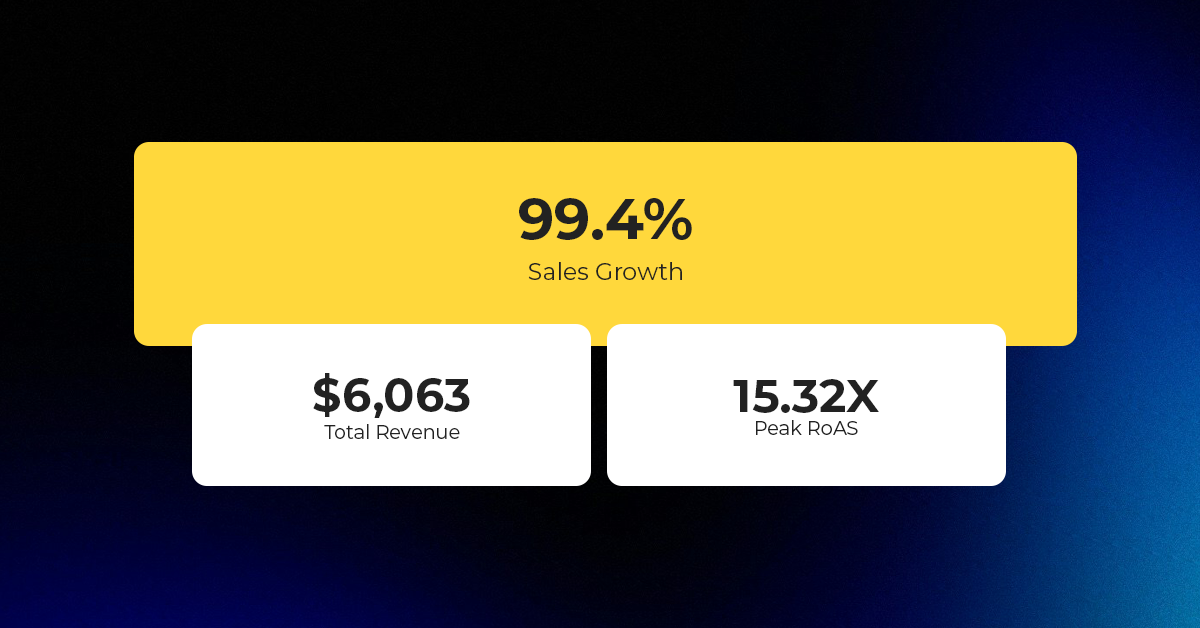
Reading Time: 2 minutesAbout the Brand Name: Ramjet.com Industry: Automotive Parts & Accessories Location: United…

Reading Time: 2 minutesAmazon is rolling out strategic referral fee reductions across five major European…
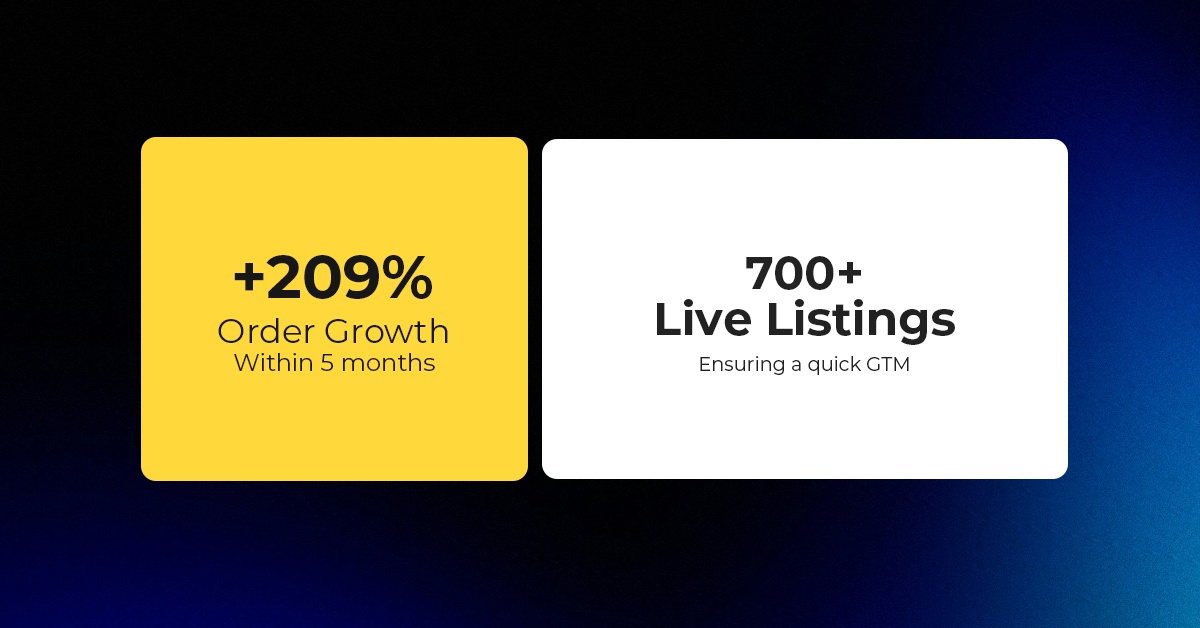
Reading Time: 4 minutesQuick Summary: Scaling Lifestyle Powersports on eBay with CedCommerce Challenge: Zero marketplace…

Reading Time: 4 minutesTikTok has surpassed 460 million users across Southeast Asia, reinforcing its position…

Reading Time: 3 minuteseBay has released its final seller news update for 2025, with a…

Reading Time: 3 minutesAmazon has clarified its stance regarding speculation around a potential breakup between…

Reading Time: 4 minutesWalmart is accelerating its push into next-generation fulfillment by expanding its drone…

Reading Time: 4 minutesFaire, the fast-growing wholesale marketplace connecting independent retailers with emerging brands, has…

Reading Time: 4 minutesB2B buying in the United States is undergoing a fundamental behavioral shift…
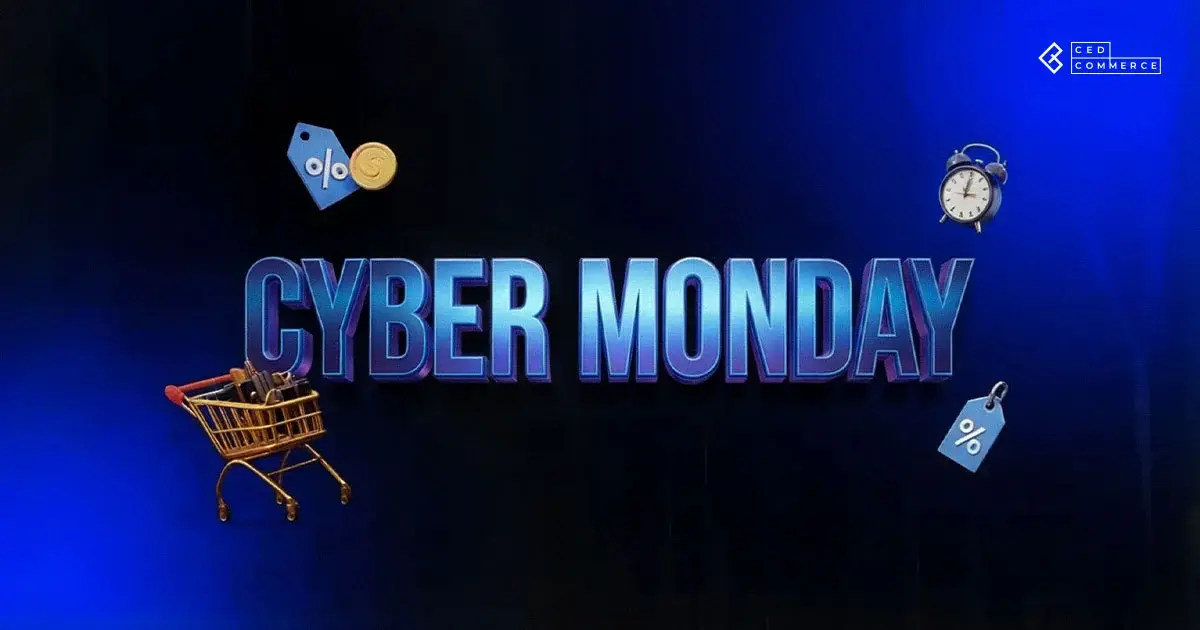
Reading Time: 3 minutesSummary Cyber Monday 2025 has officially become the largest online shopping day…

Reading Time: 2 minutesSummary Amazon kicked off December with two major developments shaping the future…

Reading Time: 2 minutesSummary Walmart has entered December with two major moves that signal a…
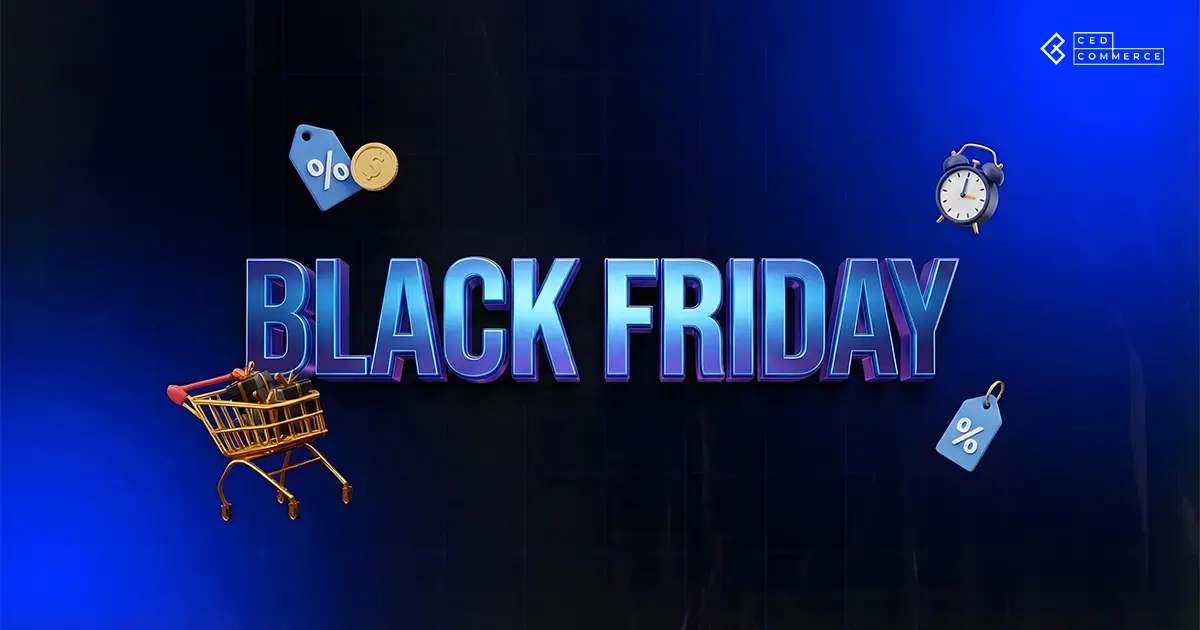
Reading Time: 2 minutesBlack Friday 2025 delivered the strongest U.S. eCommerce performance in history, as…
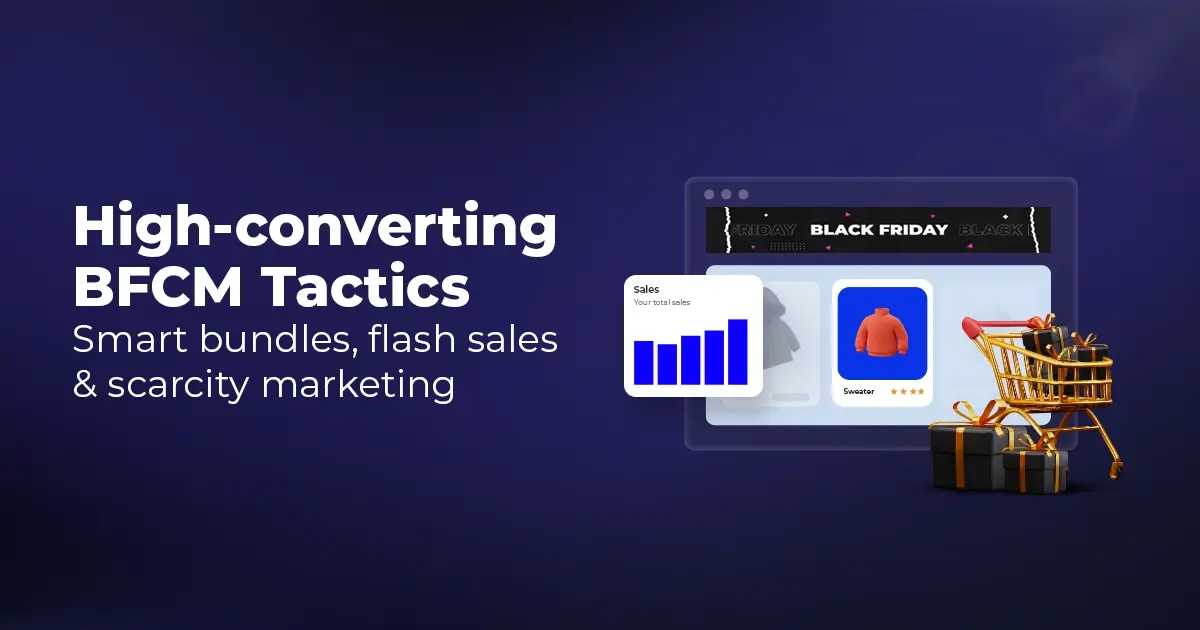
Reading Time: 13 minutesStill approaching BFCM with generic discounts, last-minute price cuts, or scattered promotions?…
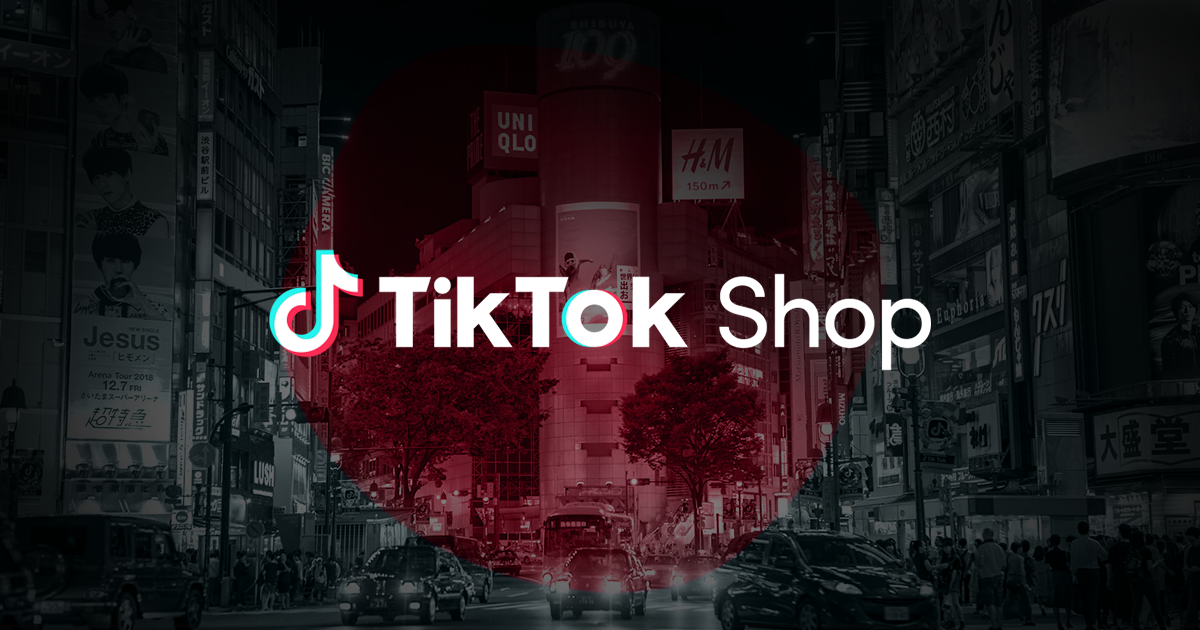
Reading Time: 3 minutesTikTok Shop reached a major milestone during its largest U.S. “Global Black…

Reading Time: 3 minutesOpenAI has announced a new AI-powered shopping research tool designed to help…
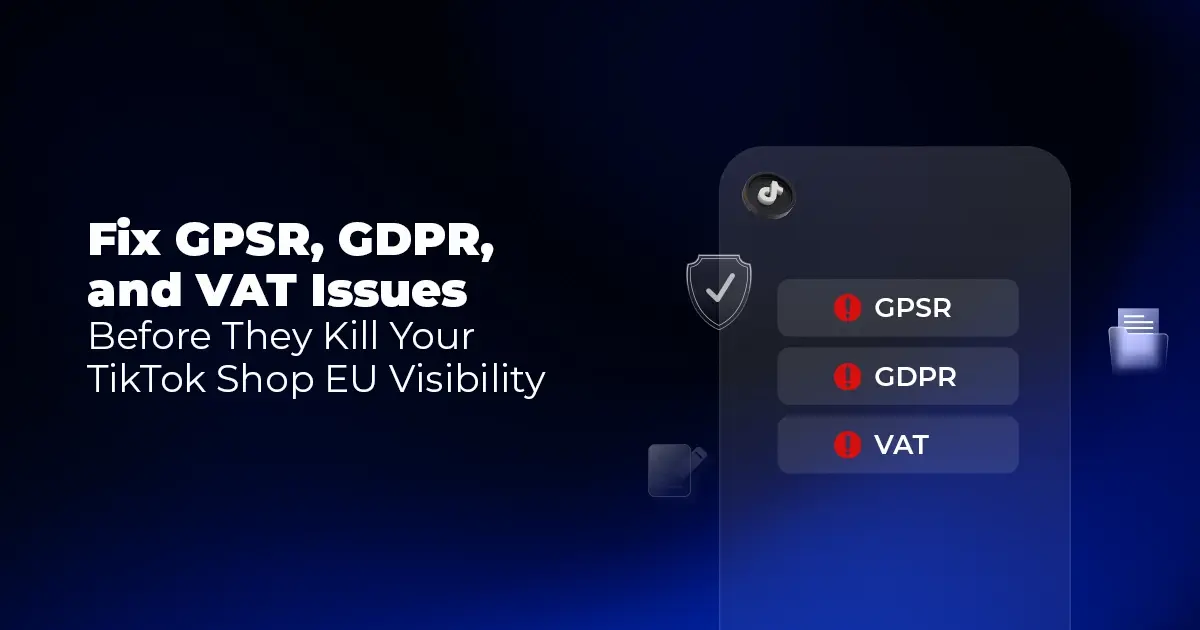
Reading Time: 9 minutesIf your TikTok Shop listings often sit in review or your visibility…

Reading Time: 3 minutesAmazon has rolled out a new “Seller Challenge” feature for eligible Account…

Reading Time: 3 minutesWalmart Marketplace has sharpened its requirements around product classification (category, type group,…